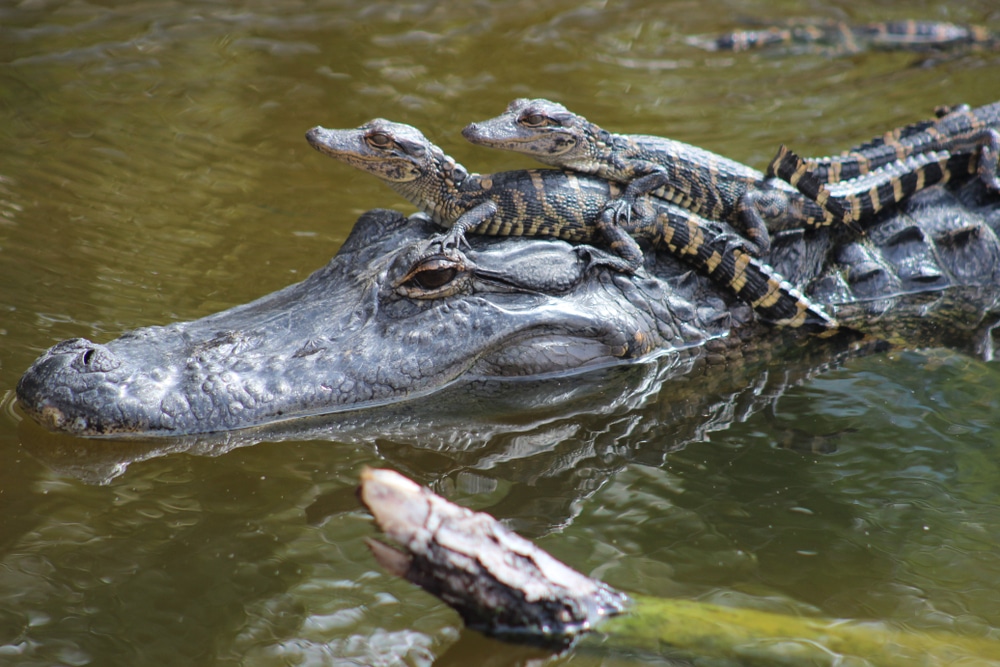At first glance, most religions appear to be completely separate from each other. But upon further inspection, this is hardly the case as many of them share similar themes and even their sacred figures. You’d be surprised to learn just how much religions have copied from each other, be it due to violent raids and crusades, or just naturally interacting with different cultures. There is so much to discuss, but here are the top five ones.
1. Moors Bring Greek Philosophy
For nearly 535 years, the Moors ruled over Sicily, Malta and the Iberian Peninsula, raiding Christian churches and restricting public displays of anything that wasn’t Muslim. However, during the 9th and 10 centuries CE, venerated intellectuals such as al-Kindi and al-Razi were strong supporters of the previously dismissed teachings of Greek philosophers such as Plato, Socrates and Aristotle. So they spread these Greek teachings which remained highly favored among Spanish theologians who originally translated the texts not in Greek, but Arabic.
2. Roman Mythology Was Heavily Influenced by the Greeks
The Roman and Greek gods are often thought to be one and the same, just with different names. You know, like how Mars and Ares are the gods of war, while Pluto and Hades rule the underworld. The reason for those striking similarities is because of the multiple Greek invasions, which led to the Romans adopting parts of the Greek faith, much like your friends copying your homework. Roman mythology also differed from the Greeks’ in the sense that religion played a huge role in the social life of its citizens, such as the publicly accessible priesthood institutions.
3. Greek Mythology Changes Christianity
Most of the early copies of the New Testament were originally written in Greek, before it was translated into other languages. So it only seems natural that the Greeks would insert their own beliefs while translating Christian texts. According to Arthur Fairbanks’ 1910 novel A Handbook of Greek Religion, the sudden rise of Virgin Mary as a heralded figure was significantly influenced by the worship of the Greek goddess of virgin and wisdom, Athena. Similarly, saints and gods began to mirror each other, such as St. Nicholas, the patron saint of sailors being modeled after Poseidon, the god of the sea. The same goes for holidays, such as Easter.
4. Christianity Overlaps with Hinduism
There is a widely held belief within the Vedas, ancient scriptures of Hinduism, that Jesus Christ was the eighth incarnation of their god, Vishnu as a human. However, many historians believe that this was not an organic addition into their mythology, but rather the result of forgeries to the Vedas by British colonizers in an attempt to convert the Indian people to Christianity. As for the Vedas, its origins are so unclear that many historians believe they came from Aryans in Central Asia instead of India.
5. Hinduism to Buddhism
For one reason or another, certain sects of Hinduism were willing to incorporate figures from other religions, though they were still Hindus first and foremost. Vaishnavism, in particular, states that Bhudda was another incarnation of Vishnu in the flesh, the 9th one to be precise. A claim that was first made by 12th century poet Jayadeva who believed that Vishnu became Buddha with the goal of putting an end to the practice of animal sacrifice that was widespread among the Hindu community. Though the math doesn’t quite add up, considering that Christ, the supposed 8th incarnation of Vishnu, was born several centuries after Buddha’s death.















